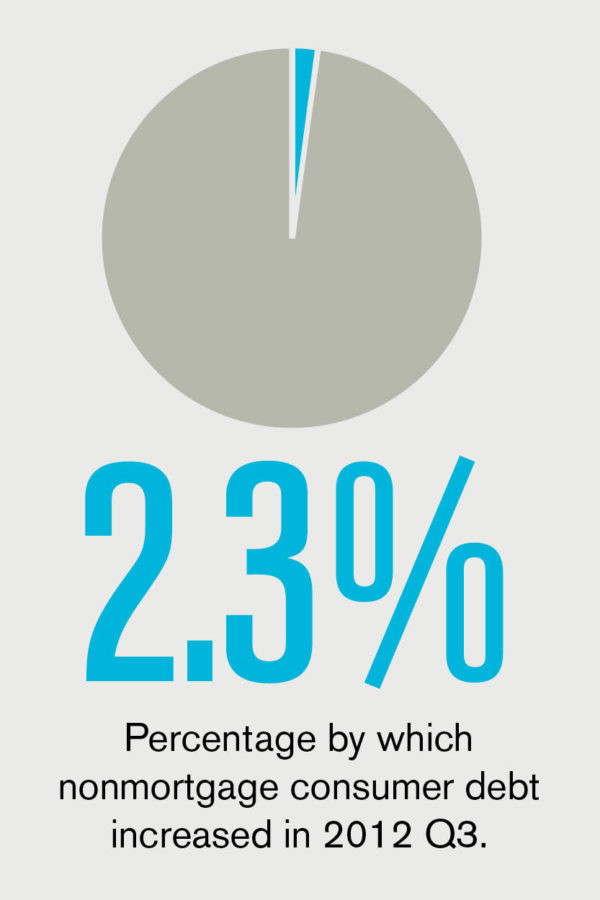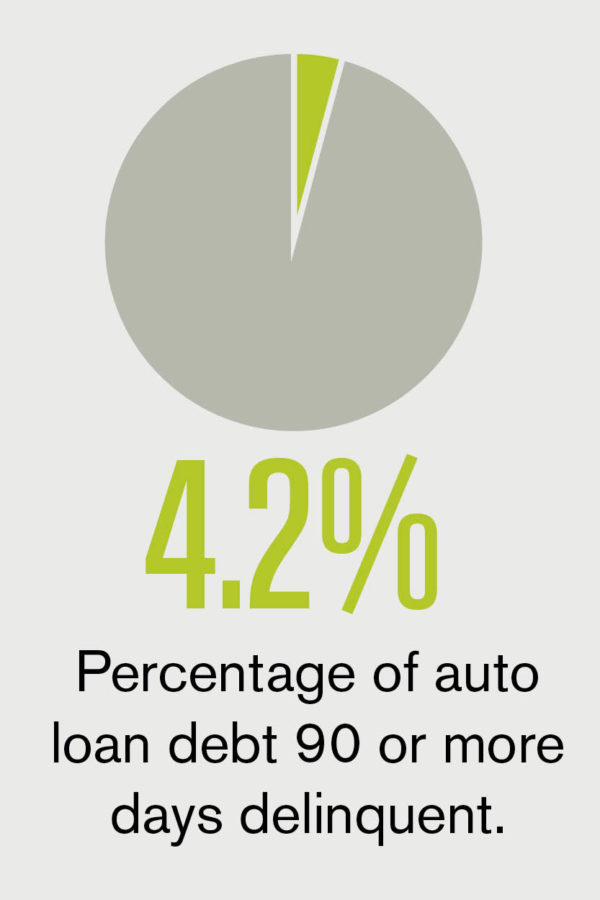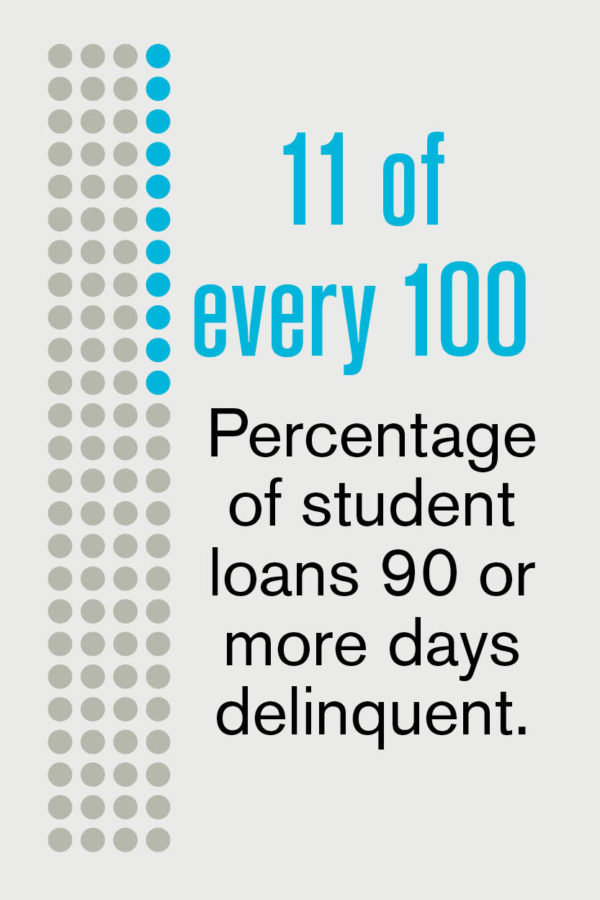How can switching cheese pizza toppings contribute to a million dollars in savings for a campus dining service? At Michigan Technological University, Houghton, the cheese swap was part of the university’s use of Lean principles, which were applied to all areas of food service operations. The university’s goal of implementing Lean was, and is, to sustainably reduce waste and improve the quality of products and services through a method of continuous improvement.
After discussions among senior leaders, including Ellen Horsch, vice president for administration, it was decided that dining services would be the ideal area in which to pilot Lean Practices. In 2008, Robert Hiltunen, director of auxiliary services, began working with his staff to begin the change management process. In just four years, moving forward little by little, the new process has saved approximately $1 million.
People as Part of Process
The core of Lean Practice involves engaging and empowering people, since many potential improvements are best identified by the staff who perform the related work (and the customers who receive the product or service). Key to the process, then, is building a culture of employees who are valued and encouraged to communicate their ideas.
For the dining service, Hiltunen invited employees to lead discussions, talk about current problems, and brainstorm ideas for improvement. Described by a Japanese word, meaning roughly “change for the better,” this is known as a “kaizen” event, during which employees begin breaking down tasks into small steps, each of which they consider in terms of its value. Those elements identified as non– value added are slated for improvement or removal. The idea is to reduce and, if possible, eliminate waste. The group then began to craft possible solutions or countermeasures for doing so.
A Series of Small Improvements
The Lean team took one step at a time.
- Start with standardization. A current-state evaluation showed that many recurring processes in the various dining services’ outlets were not standardized—resulting in inconsistent quality of products and services. Multiple kaizen events resulted in the creation of an online E-Cater reservation program as well as the use of standard recipes in each residence hall. Using visual controls, standardized recipes, and the same measuring equipment in residence halls has immensely improved the consistency and quality of products offered across campus.
The E-Cater program benefits students and employees alike by simplifying the catering service reservation process, reducing the margin of error, and ultimately saving money.
- Grill it just in time (JIT). Dining services staff observed and collected data on the way grilled menu items, particularly burgers and cheeseburgers, were produced. It turned out that cooks grilled daily a set quantity of burgers and cheeseburgers at one specified time, leading to sandwiches that diminished in quality and ultimately had to be discarded. Staff identified the JIT production method as a medium that could sustainably improve the quality and consistency of the end product, while minimizing waste.
Staff collected dining hall traffic data, identifying the times of the day when a peak number of customers were using the dining halls—and consuming the largest volumes of burgers. Using this data, dining services created a new production environment where demand became defined by a “pull” from customers as opposed to the “push” of a set amount of food. Now, the cooks know when to have more burgers readily available and when to pause production. The change has resulted in guaranteed-fresh products at all times of the day and a dramatic reduction in preconsumer waste, leading to significant monetary savings.
- Who moved the cheese? The team noted that while the number of pizzas prepared per week changed very little, the quantity of shredded cheese ordered for pizza production tended to fluctuate, despite the one-cup-per-pizza standard allotment. Obviously, this made it difficult to calculate the amount of cheese to order. Further evaluation discovered that employees preparing pizzas often added a discretionary amount of cheese to fill any “sauce gaps.”
The kaizen team performed a series of rapid experiments, trying various combinations of shredded and sliced cheeses to prepare pizzas. The result: a new standard calling for seven pieces of sliced cheese. Through taste tests, student and employee customers agreed that this option was adequate for taste, quality, and coverage. It also led to a reduction in cheese used per pizza, predictability for the cheese order, and an annual cost savings of $17,000.
- Tracking and reducing waste. In 2009, the university introduced LeanPath, a waste tracking system to electronically measure and track all preconsumer food waste, which comes from spoilage, overproduction, trim waste, and expired products. Previously, since waste was not measured, it was normal for an employee to dispose of full pans of food that had not been used.
During a six-week trial period in the Douglass Houghton Hall kitchen, a staff team regularly analyzed results of the waste-tracking system and reviewed ways to reduce waste. At the trial period’s conclusion, preconsumer waste declined by 50 percent. In 2011, the LeanPath system debuted in the university kitchens campuswide. Using a two-pronged approach of reducing overproduction via the JIT method and safely repurposing (rather than disposing of) overproduced food items into other recipes, the dining service saved approximately $30,000 annually.
Overall Impact
None of these changes alone would have achieved big savings, but one little thing after another really added up. Since the adoption of Lean thinking in 2008, dining services has considerably reduced its cost of sales even as the number of meals served per year increases. From 2006 to 2008, the cost per meal jumped from $2.92 to $3.06, an upward trend that could be detrimental to revenues if not addressed. After Lean implementation in 2008, the cost per meal sold dropped to $2.52. In 2011–12, the cost per meal sold decreased even further—to $2.38.
Rather than using the saved dollars to benefit only a few, the university directed much of the money to its general fund used for financing instruction and general administration, directly benefiting students, faculty, and staff. Those employed by Michigan Tech have seen increased job security as a direct result. “Without Lean initiatives, especially in these tougher times, we would have had to eliminate positions in order to align resources,” says Horsch.
“Little improvements every day—that’s what Lean is all about,” says Hiltunen. “If dining services was able to achieve such success in the first four years of the journey, imagine what Michigan Technological University, as a unified whole, can do in the future.”
SUBMITTED BY Kaylee Betzinger, student process improvement coordinator, and Brittany Wood, market research analyst, auxiliary services operations, Michigan Technological University, Houghton












